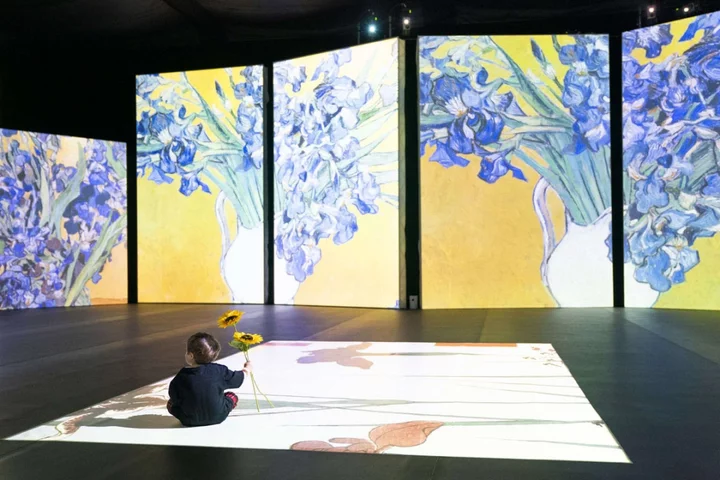Our taste in fine art can develop from a very early age, researchers have said, after they found babies as young as four months can demonstrate artistic preferences.
When shown landscapes by the Dutch post-impressionist painter Vincent van Gogh, psychologists at the University of Sussex found both babies and adults mostly favoured the same paintings, with Green Corn Stalks (1888) proving to be the most popular.
The team at the university’s Sussex Baby Lab also uncovered that infants liked paintings that had more edges – such as those featuring leaves or branches – and curved lines.
In their findings, published in the Journal of Vision, the researchers said aspects of artistic preferences may be hardwired from an early age.
Our study also appears to have identified features of adult aesthetics that can be traced back to sensory biases in infancy
Philip McAdamsPhilip McAdams, a doctoral researcher at the University of Sussex and lead author on the paper, said: “It was fascinating to find that babies respond to the basic building blocks of the paintings, such as edges and colours, and that these properties could explain large amounts of why babies look at, and adults like, particular artworks.
“Our study also appears to have identified features of adult aesthetics that can be traced back to sensory biases in infancy.
“Our findings show that babies’ visual systems and visual preferences are more sophisticated than commonly thought.”
For the study, which was in collaboration with children’s sensory brand, Etta Loves, the researchers recruited 25 babies, aged four to eight months, and 25 adults.
The babies sat on their parent’s lap while 40 pairs of images, featuring landscape paintings by Van Gogh, were shown on a tablet.
Adults were also shown the same paintings and asked which image in the pair they found to be more pleasant.
Recordings showed babies looked longer at the Van Gogh landscapes that adults also rated as most pleasant.
These paintings featured high colour and lightness contrasts as well as lots of the colour green.
The most preferred Van Gogh painting was Green Corn Stalks whilst the least preferred was Olive Grove (1889).
But researchers also found small differences in the artistic tastes between adults and babies.
For example, they found that infants preferred paintings that contained the most edges and curved lines, which the adults did not seem to favour.
Professor Anna Franklin, head of the Sussex Colour Group and founder of the Sussex Baby Lab, and lead author on the paper, said: “We’ve been amazed by how much the young babies responded to the art.
“Although newborn babies’ vision is very blurry, our findings demonstrate that by four months old, babies can see well enough to look longer at some paintings than others, and can pay attention to many of the artistic details.”

